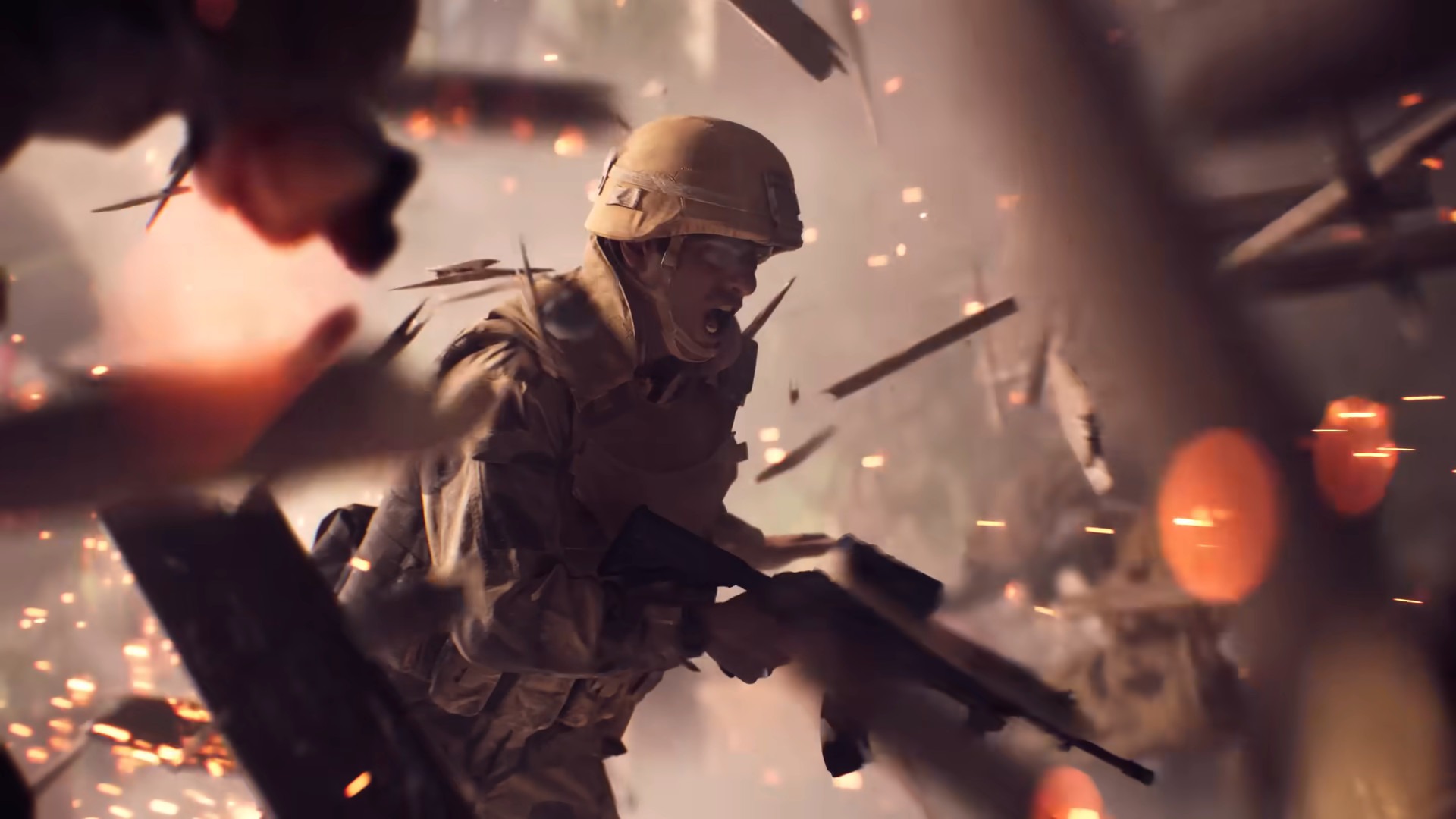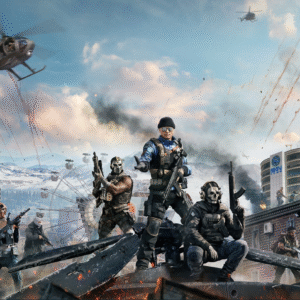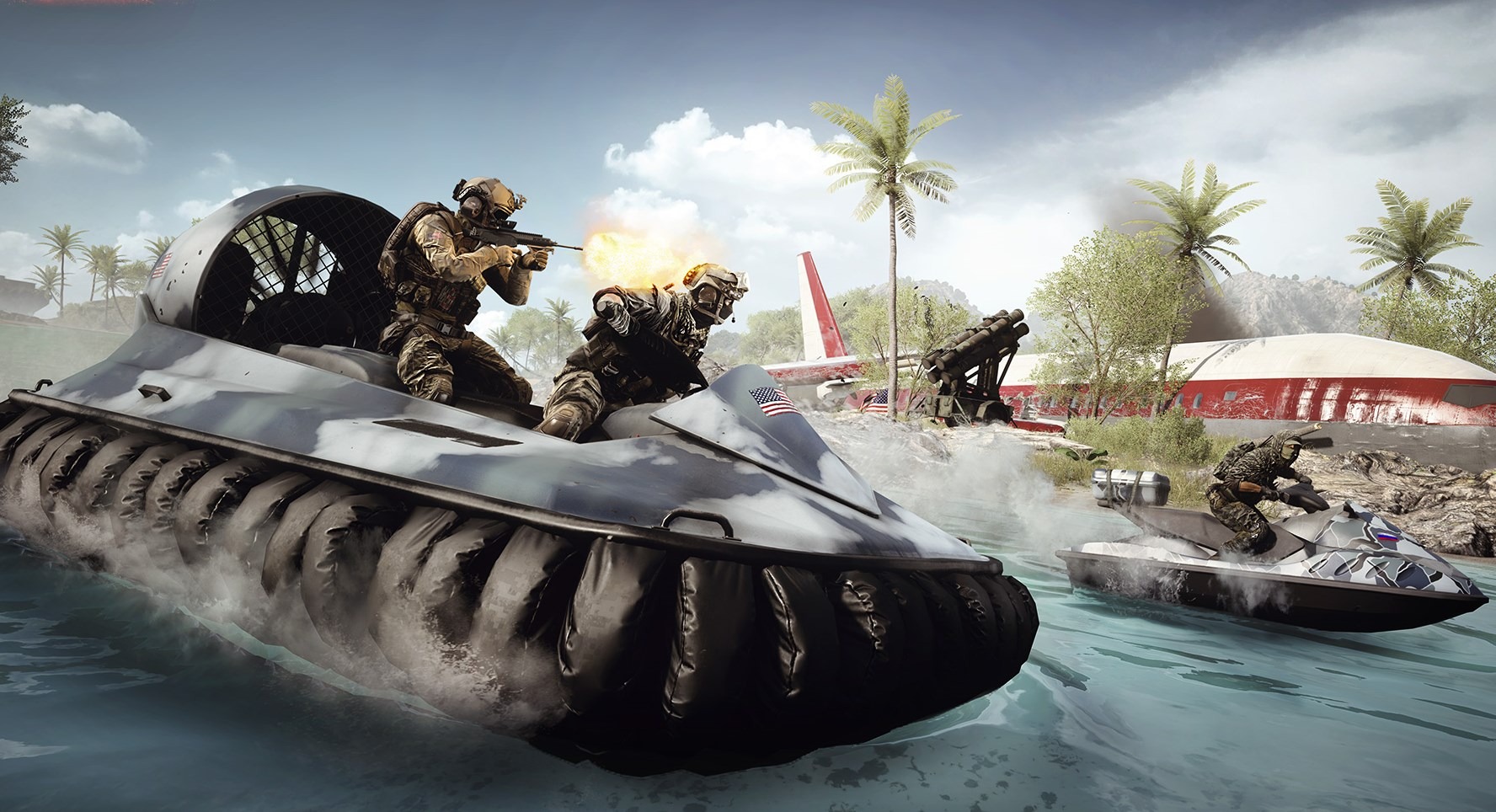The Great Betrayal: How Battlefield 6’s Open Weapons Default Undermines its Core Identity
Popular Now
 CarX Street
CarX Street
 Free Fire
Free Fire
 PUBG Mobile
PUBG Mobile
 The Legend of Zelda
The Legend of Zelda
 Toca Boca World
Toca Boca World
 BeamNG.drive
BeamNG.drive
 NBA 2K24
NBA 2K24
 League of Legends
League of Legends
 Geometry Dash
Geometry Dash
 Candy Crush Saga
Candy Crush Saga  For two decades, the Battlefield franchise has stood as a titan of tactical, large-scale warfare, offering a distinct alternative to the twitchy, fast-paced action of its competitors. Its unique identity has always been rooted in a core design philosophy: teamwork, class-based specializations, and the combined-arms symphony of infantry, tanks, and aircraft. The class system, in particular, was the beating heart of this experience. A medic was a medic, a support player a support player, and an engineer was the only one who could truly counter a vehicle. This rigid but rewarding structure fostered a culture of cooperation and strategic thinking. However, with the recent beta for Battlefield 6, a seismic shift has occurred. By making “open weapons” the default setting—allowing any class to use any weapon—the game is on a dangerous path, giving up the very thing that made it special and risking its identity in a crowded market.
For two decades, the Battlefield franchise has stood as a titan of tactical, large-scale warfare, offering a distinct alternative to the twitchy, fast-paced action of its competitors. Its unique identity has always been rooted in a core design philosophy: teamwork, class-based specializations, and the combined-arms symphony of infantry, tanks, and aircraft. The class system, in particular, was the beating heart of this experience. A medic was a medic, a support player a support player, and an engineer was the only one who could truly counter a vehicle. This rigid but rewarding structure fostered a culture of cooperation and strategic thinking. However, with the recent beta for Battlefield 6, a seismic shift has occurred. By making “open weapons” the default setting—allowing any class to use any weapon—the game is on a dangerous path, giving up the very thing that made it special and risking its identity in a crowded market.
The “open weapons” debate has become a central point of contention within the community following the beta. While EA has stated that “closed weapons” (the traditional class-locked system) will coexist as an option, the fact that the open system is the default is a powerful statement. It signals a move away from the traditional Battlefield experience and towards a more generalized, player-agnostic approach that prioritizes individual freedom over tactical synergy. This is a profound change that undermines the very purpose of the class system. If a medic can run with a sniper rifle, and an engineer can use a high-powered assault rifle, what is the incentive to stick to one’s role? The specialized gadgets and abilities of each class, which were once indispensable, risk becoming secondary choices rather than the defining features of a playstyle.
The Erosion of Role Identity and Teamplay
The beauty of classic Battlefield lay in its enforced interdependence. A squad’s success was not determined by individual skill but by how well its members complemented each other. A good squad would have a balance of classes: an Assault player to push objectives, a Support player to provide suppressing fire and resupply ammo, a Recon to spot enemies and eliminate long-range threats, and an Engineer to repair vehicles and destroy enemy armor. The choice of a class was a commitment to a specific role, and it was the glue that held the team together. The “open weapons” default disrupts this delicate balance. When every player can be a run-and-gun specialist with a powerful weapon, the need for a designated support or anti-vehicle player diminishes. This can lead to a breakdown in teamplay, with squads becoming a collection of lone wolves rather than a cohesive unit. The game’s iconic “only in Battlefield” moments, often born from split-second teamwork and coordinated pushes, are at risk of being replaced by a more chaotic, less strategic flow.
The developers’ stated philosophy behind this change—to allow players to “freely adapt to different situations”—misses a crucial point. The struggle and the challenge of a Battlefield match came from the limitations imposed by the class system. It forced players to make meaningful choices and communicate with their squad to overcome obstacles. A tank on the horizon wasn’t a problem a single player could solve; it was a team effort that required an engineer to take it out. This forced cooperation was a fundamental part of the game’s DNA. By removing the dependency between classes and their weapons, Battlefield 6 risks becoming a more generic shooter, a game of individual prowess rather than collective strategy. It’s an attempt to cater to a broader audience, but in doing so, it risks alienating the core fan base that has championed the series for its unique, team-oriented design.
 A Missed Opportunity and a Perilous Path
A Missed Opportunity and a Perilous Path
The “open weapons” default in Battlefield 6 is more than a simple gameplay tweak; it’s a philosophical concession. It’s a retreat from the very principles that made the franchise a genre-defining force. While some may argue that it offers more freedom, this freedom comes at a high price: the erosion of meaningful class identity. The specialists in Battlefield 6, with their unique gadgets and abilities, feel less impactful when every player on the battlefield can choose to carry the most powerful assault rifle or a high-precision sniper rifle. The signature weapons for each class, intended to give them a distinct feel, are rendered less significant when players can simply opt for a weapon from another category. This design choice pushes the game closer to a generic arena shooter, where the focus is on personal kill-streaks and loadout optimization rather than strategic objective play and team-based victories.
The developers have a chance to reverse this course. The fact that “closed weapons” is an option in the game’s Portal mode is a sign that they recognize its value. However, making it a secondary playlist, rather than the default experience, sends a clear message about their priorities. To truly honor its legacy, Battlefield 6 must lean into what makes it special. It must double down on the class system, on the interdependence of its players, and on the moments of heroism born from tactical cooperation. By surrendering to an “open weapons” default, it is giving up its most powerful and unique asset—its soul. The future of the franchise depends on whether it chooses to embrace its distinct identity or conform to the norms of a crowded and competitive genre.











 A Missed Opportunity and a Perilous Path
A Missed Opportunity and a Perilous Path